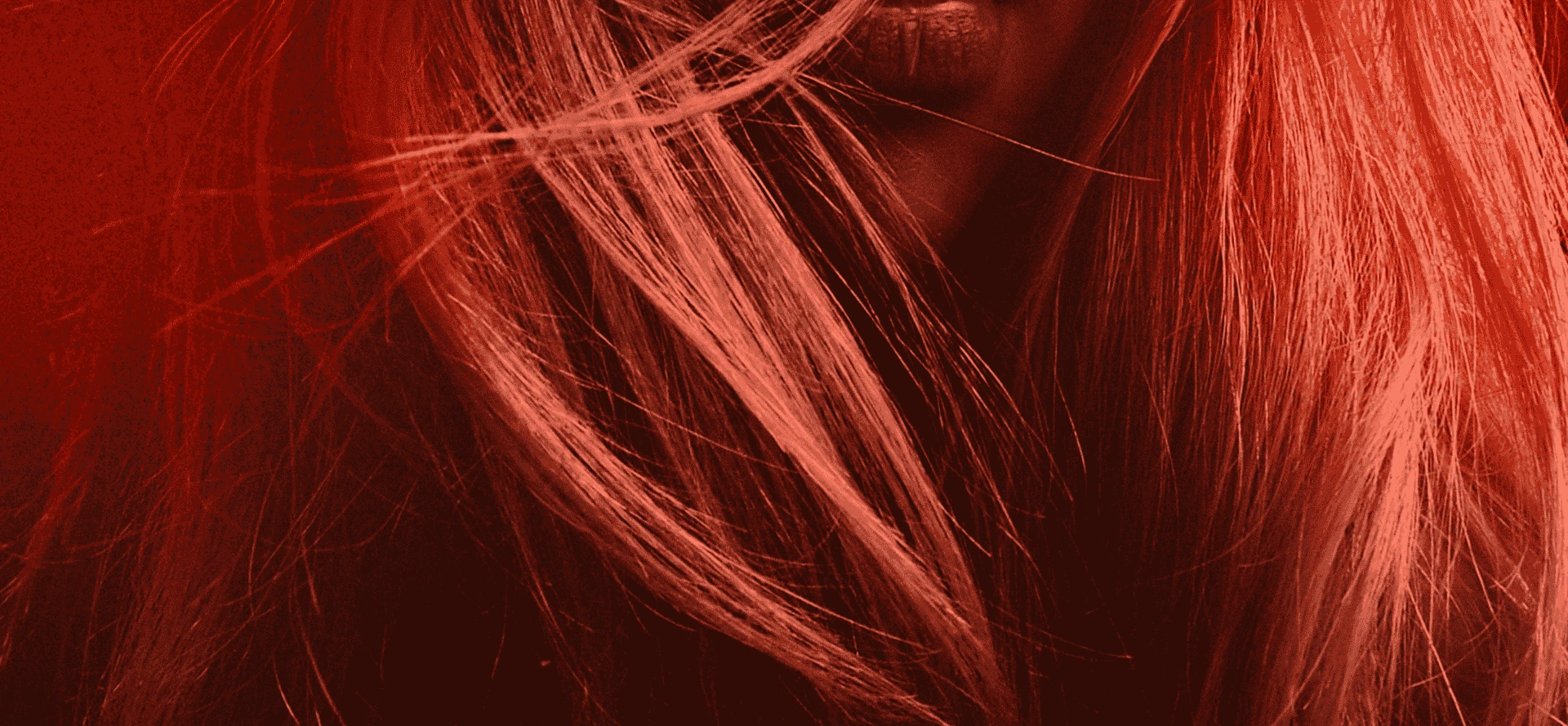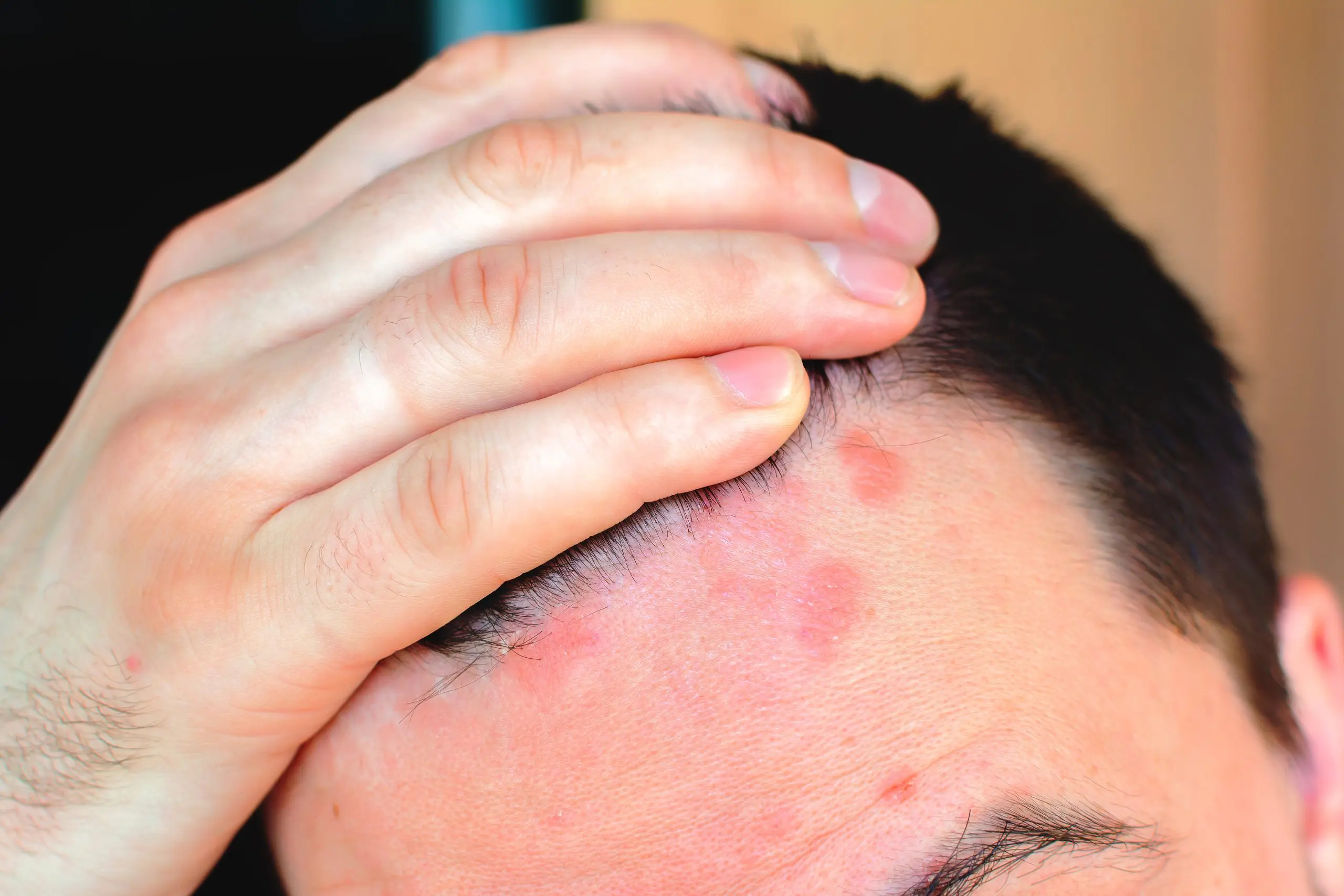

Seborrhoeic Dermatitis: Causes, Symptoms and Treatment for Scalp Relief
Understanding This Common Skin Condition – And How to Treat It
Seborrhoeic Dermatitis is a common skin condition characterised by red, itchy rashes, typically found in sebaceous areas such as the scalp, face and behind the ears. Often presenting as greasy scales and skin redness, this condition can be mild to severe and is commonly known as cradle cap in babies. While it can affect individuals of all ages and genders, it is easily treatable with the right products and care routine. Learn more about the causes, symptoms and effective treatments for Seborrhoeic Dermatitis:
What is Seborrhoeic Dermatitis?
Seborrhoeic Dermatitis is a red often itchy rash found in sebaceous areas such as the scalp and face.
Signs of Seborrhoeic Dermatitis
It can present itself in a covering of large white or yellow greasy scales. Redness can often be seen beyond the front and back of the hair line. It can also effect inside and behind the ears too. It can feel sensitive, tight and crusty due to the over production of skin cells and can often be weepy. In babies it is commonly known as cradle cap. It is very common and can affect all ages and both sexes and it can be easily treated with the correct products and home care regime. It can look similar to psoriasis - so professional diagnosis is important to make sure you have the correct treatment.
Possible Causes of Seborrhoeic Dermatitis
Specific causes are not known but it is generally believed that it is caused by one of the following:
- Low immune system
- Lack of nutrients
- Hormonal
It is also in some cases believed to be caused by the over growth of a yeast called Malassezia that lives on the skin. People suffering are believed to have a low resistance to Malassezia.
Sebaceous glands work harder to produce sebum when there is little or no hair present to try and help protect the scalp. Because of this, it is commonly found to effect babies and people with thinning hair, for example male and female pattern baldness (MPB/FPB).
Poor diet can be a factor as can stress and tiredness. Change in seasons can also have an effect and It can be severe in people affected with HIV, depression and Parkinson’s disease.
Seborrhoeic Dermatitis Treatment: Relief for Cradle Cap and Scalp Rashes
Wondering how to treat Seborrhoeic Dermatitis and manage flare-ups? Seborrhoeic Dermatitis is very common and easily treated. As it can be a long term condition, once treated with effective solutions in a reputable clinic it is highly recommended that you continue using the correct products to keep it under control. If left untreated again or the use of incorrect products are introduced, Seborrhoeic Dermatitis can return.
Manage Seborrhoeic Dermatitis with Professional Treatments and Home Care
In house clinic treatments will remove and relieve this condition quicker with the use of Steamers and Infrared Lights which aid softening of the scale and aid healing of the scalp. You will then be able to home treat with the knowledge that you have the correct products for your condition.
Call us on 01273 711140 to discuss your symptoms and find out what products best suits you (we mix and match products to suit each individual) or to book a consultation as wrong self-diagnosis can result in incorrect products being used.

Take the First Step
Your journey to happier hair and a healthier scalp starts here. Book a consultation today by calling 01273 711140.